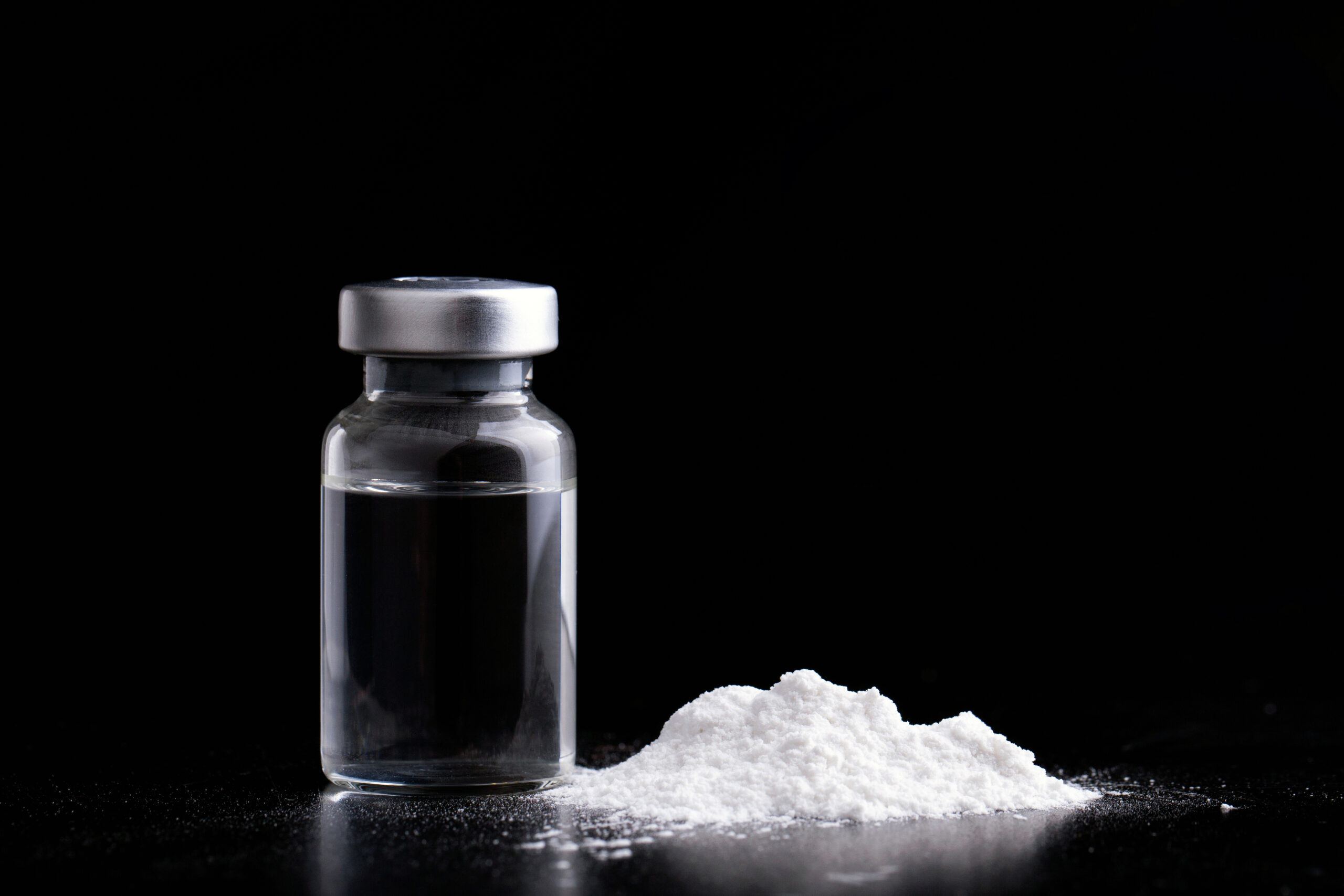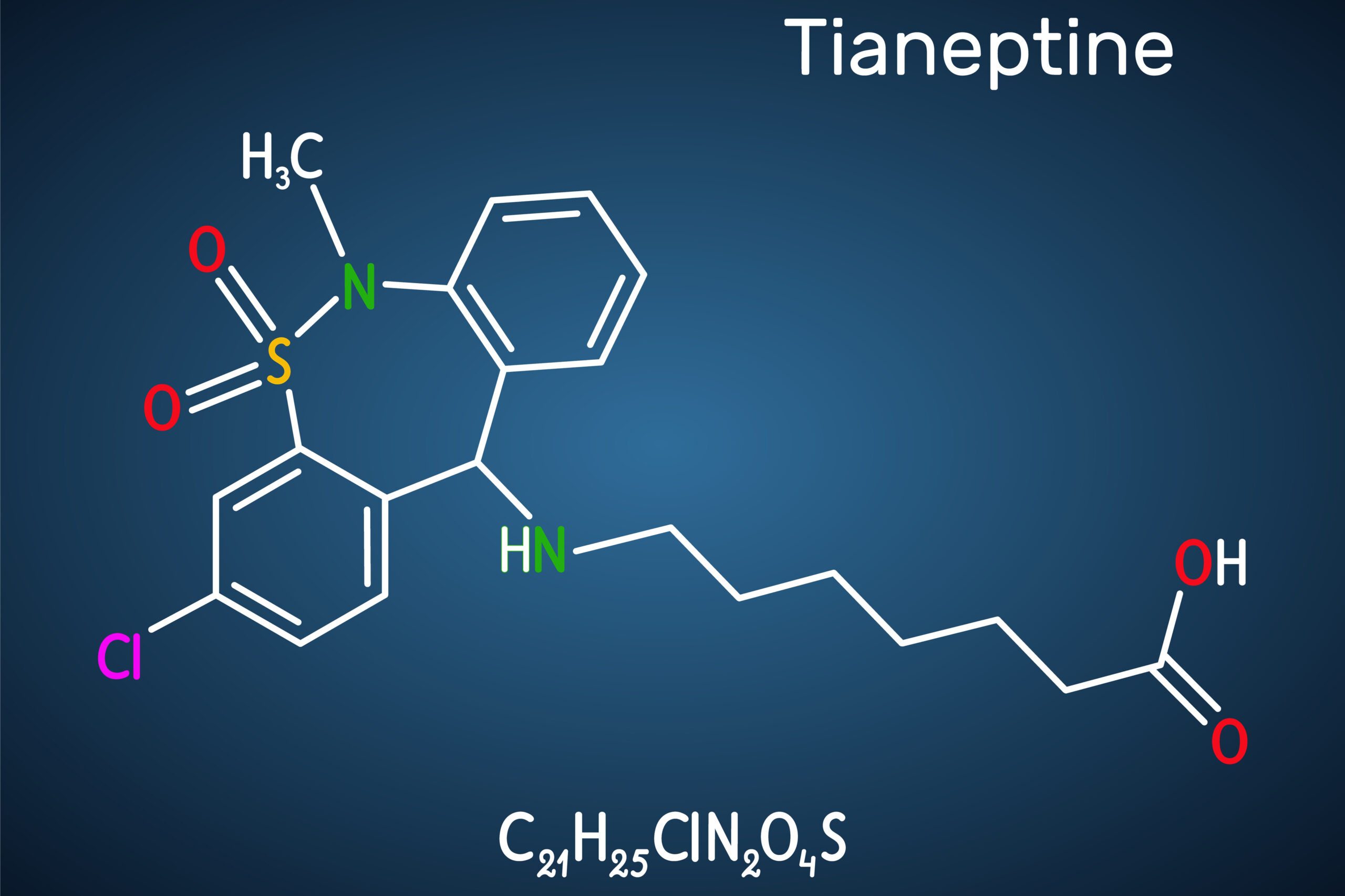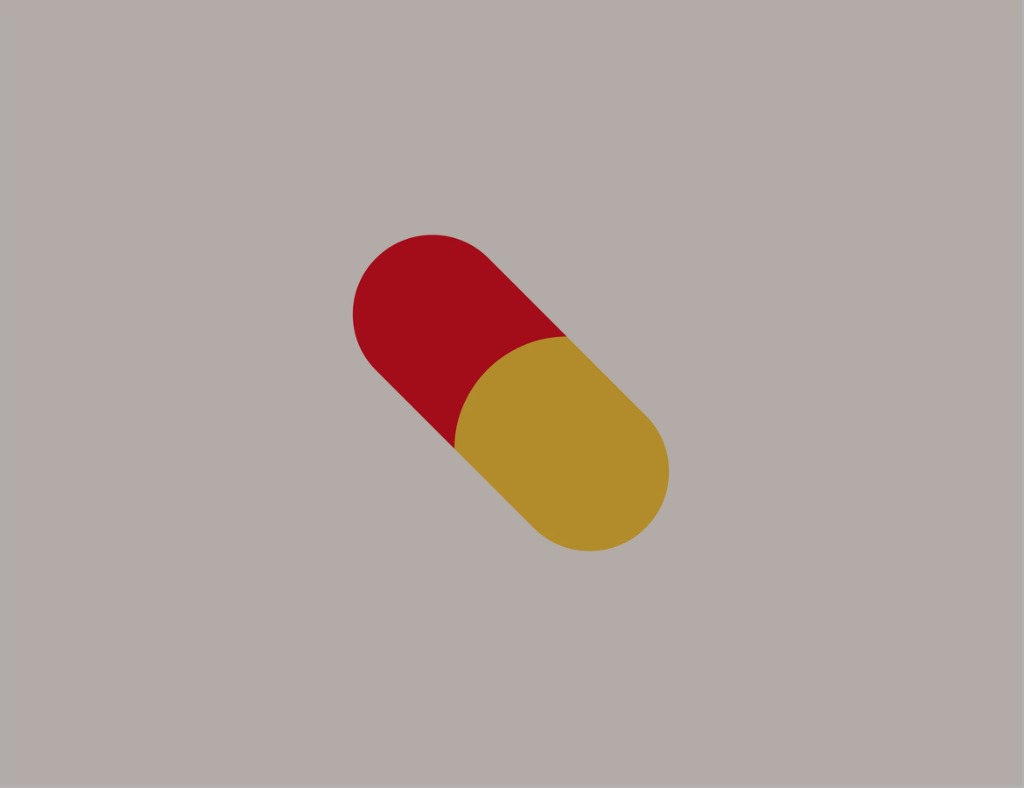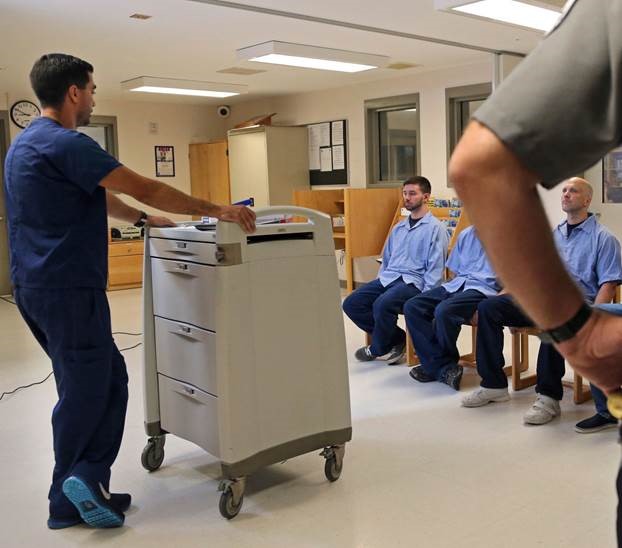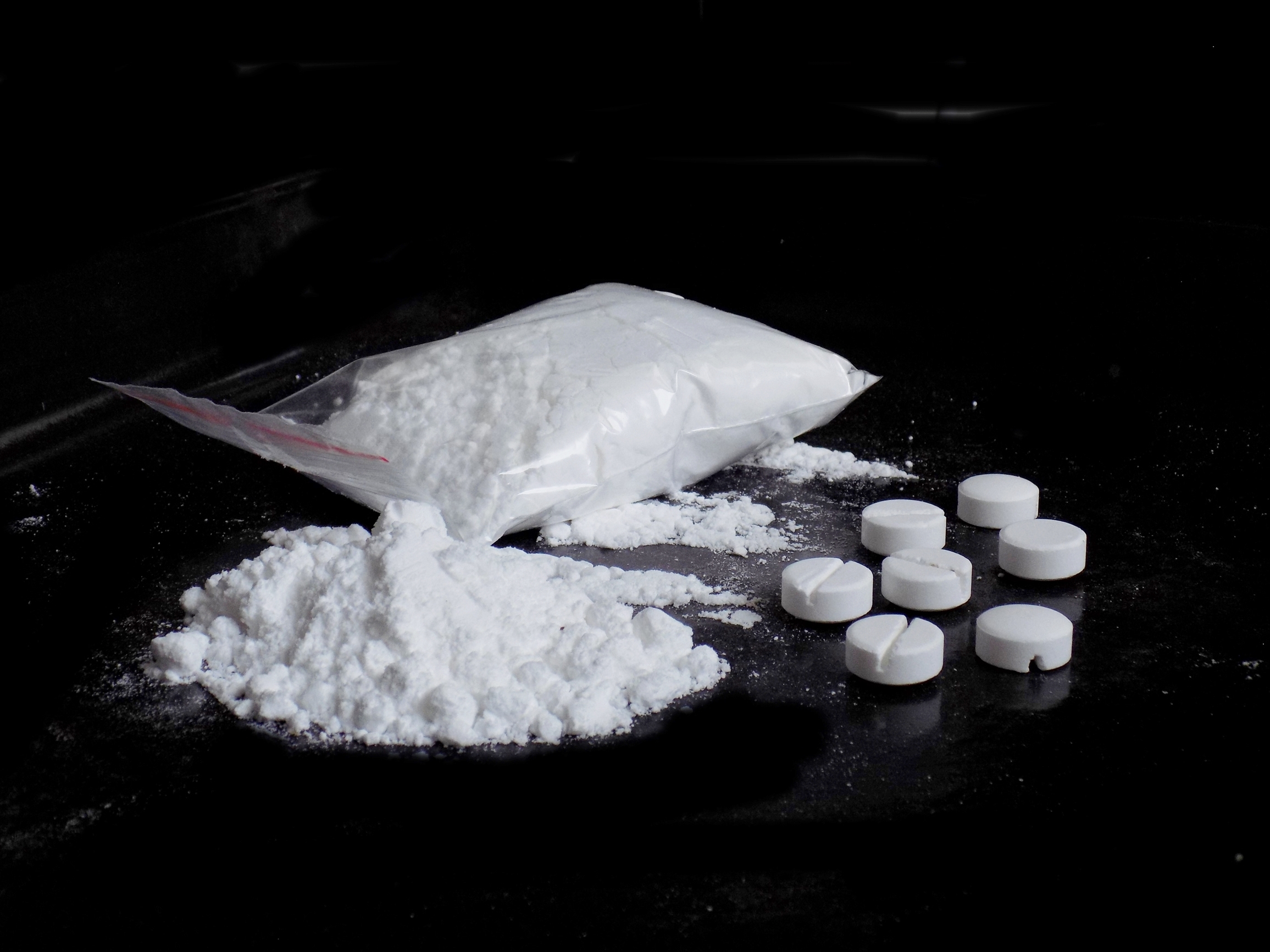Ketamine
This fact sheet addresses the growing misuse of ketamine, an anesthetic used medically in both humans and animals as a short-acting painkiller. Ketamine can produce dissociative sensations, feelings of euphoria, and hallucinations, and it is popular as a “club drug” among teens and young adults at dance clubs and raves. Most of the ketamine illicitly distributed in the U.S. is either diverted or stolen from legitimate sources, particularly veterinary clinics, or smuggled into the U.S. from Mexico....




